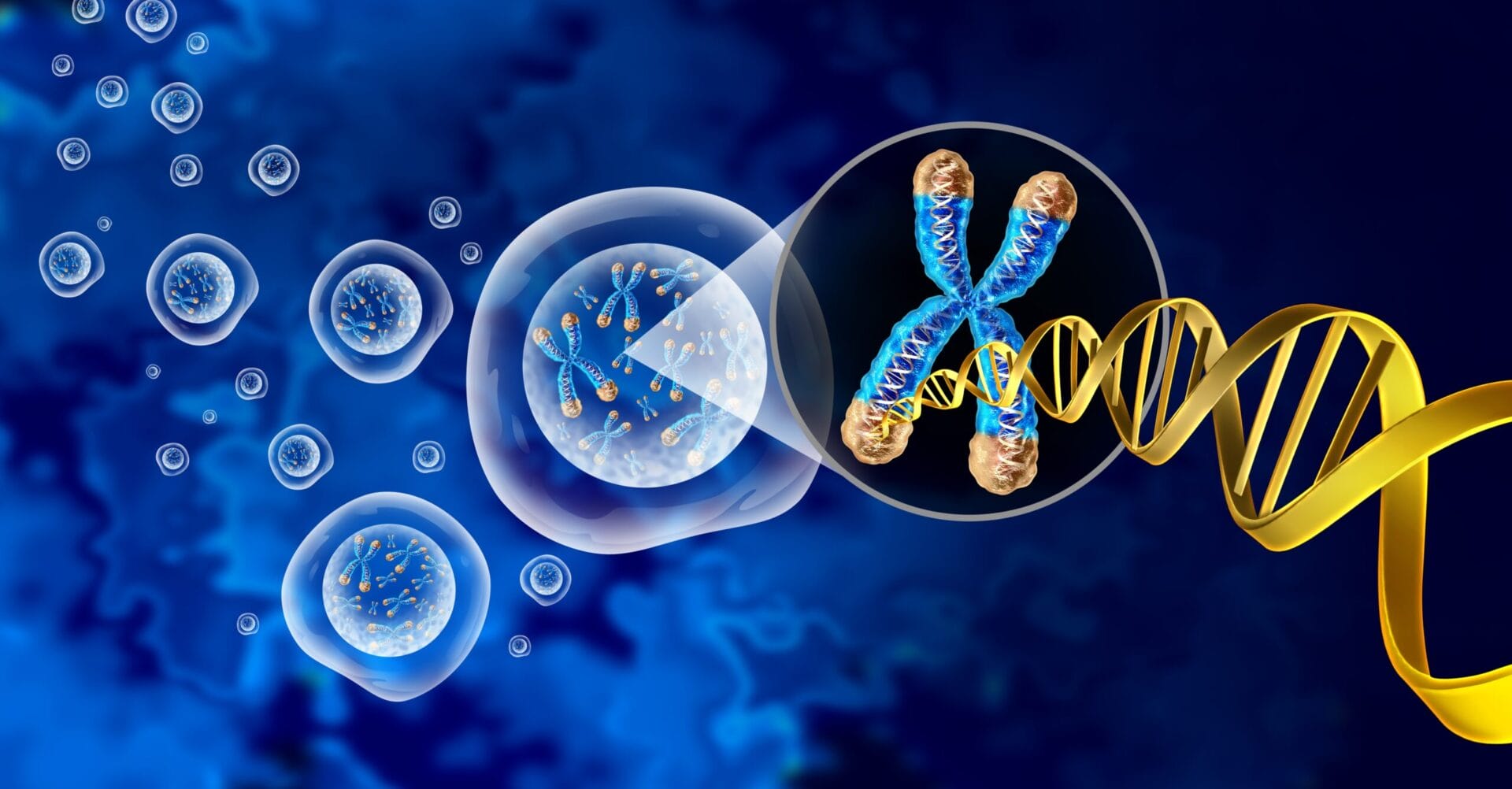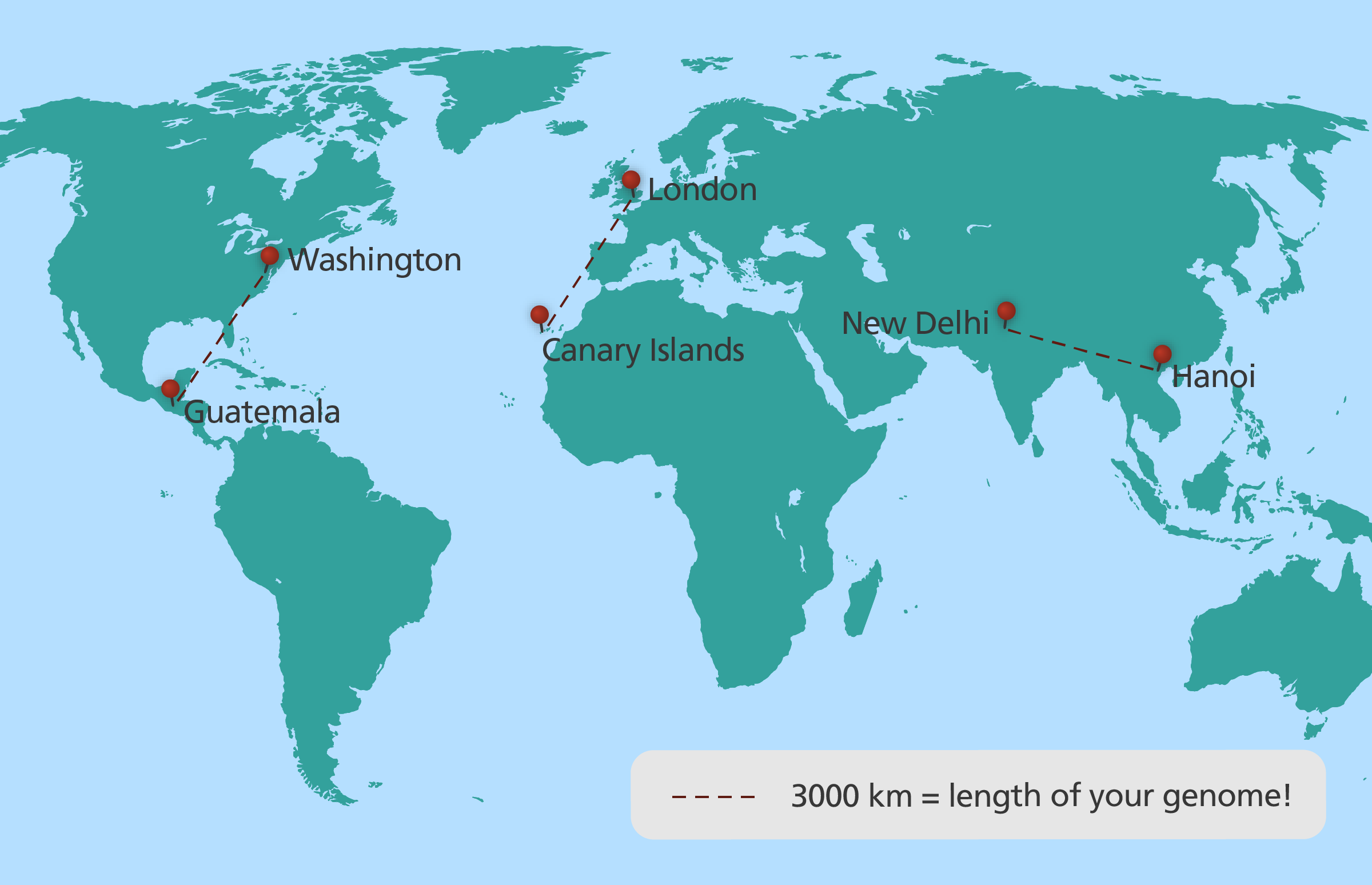What is a genome?
Image credit: Shutterstock

A genome is an organism’s complete set of genetic instructions. Each genome contains all of the information needed to build that organism and allow it to grow and develop.
Definition of a genome
- Organisms are made up of millions of cells (100,000,000,000,000), each with their own complete set of instructions for building and sustaining that living thing.
- This set of instructions is known as our genome and is made up of DNA. Each cell in an organism, for example, a skin cell or a liver cell, contains this same set of instructions.
From genome to genes
- The instructions in our genome are made up of DNA.
- Within DNA is a unique chemical code that guides an organism’s growth, development and health.
- This code is determined by the order of the four nucleotide bases that make up DNA, adenine, thymine, cytosine and guanine.
- DNA has a twisted structure in the shape of a double helix.
- Single strands of DNA are coiled up into structures called chromosomes.
- In animals, chromosomes are located in the nucleus within each cell.
- Within chromosomes, sections of DNA are organised into genes.
- Genes control different characteristics such as eye colour and height.
- All living things have a unique genome.
The human genome
- The human genome is made of 3.2 billion bases of DNA but other organisms have different genome sizes.
- If printed out the 3.2 billion letters in your genome would:
- Fill a stack of paperback books 200 feet (61 m) high
- Fill 200 telephone directories, each with 500 pages.
- Take a century to recite, if we recited at one letter per second for 24 hours a day
- Extend 3,000 km (1,864 miles) - approximately the distance from London to the Canary Islands, Washington to Guatemala, or from New Delhi to Hanoi.

If printed out 1 mm apart, the DNA letters in your genome would extend 3,000 km.
Credit: Laura Olivares Boldú / Wellcome Connecting Science